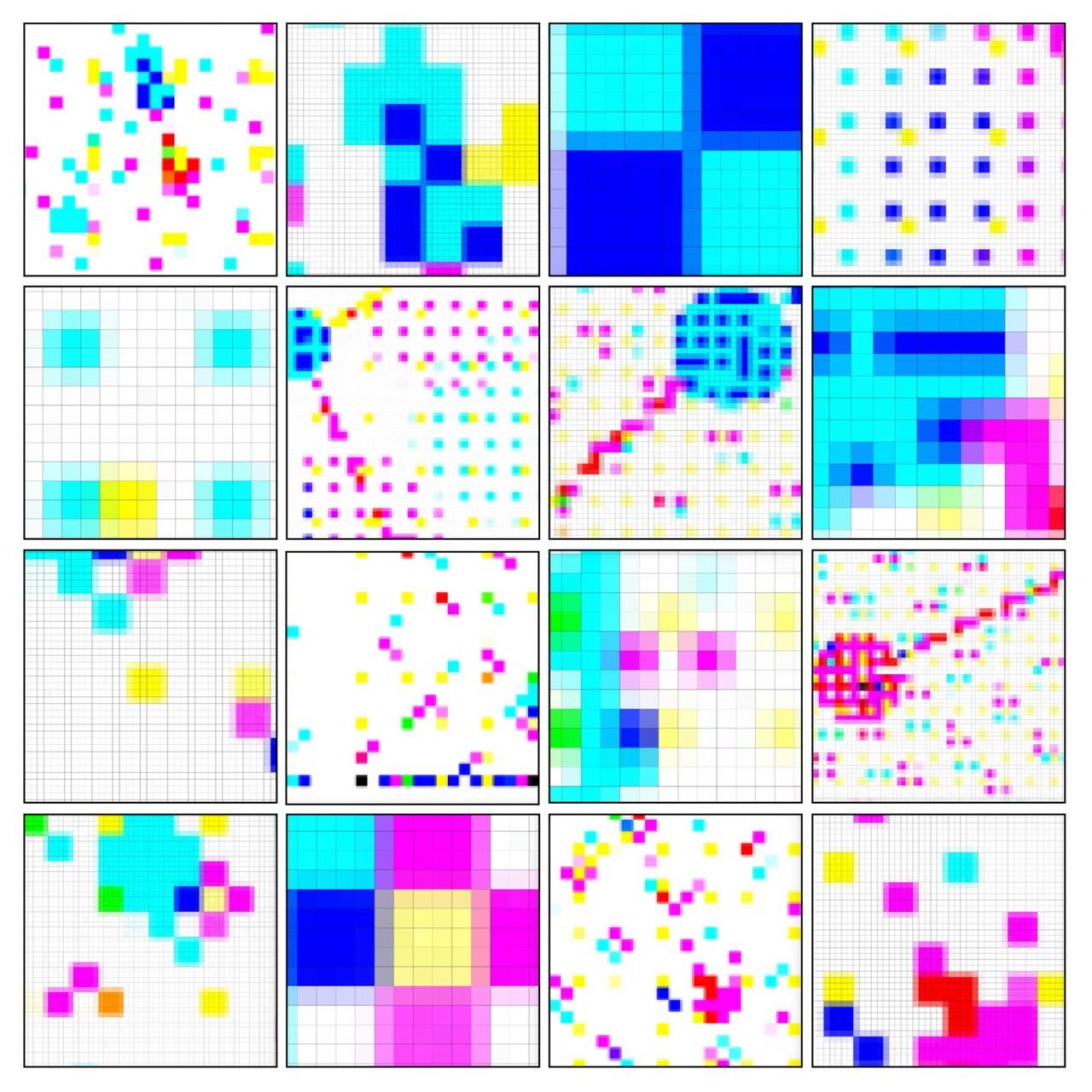Last week, I outlined how to determine if you’re dealing with a complex system, which behave in unpredictable and uncertain ways, and wherein participants adapt to each other’s actions. Today, I’m sharing a Guide that will help you engage your system amidst uncertainty.
Uncertainty is uncomfortable. We don’t like it. We want to control it. As a result, we often conflate it with risk so that we can ‘manage it.’ But, as Vaughn Tan makes clear, risk is the management of an unknowable thing; whereas uncertainty is more akin to ‘not knowing’ or when you can’t manage that unknowable thing. This is a subtle but important difference because we get in trouble when we mistake the two. For example, as I’ve argued in the past, ‘AI alignment’ work is predicated on the idea that we can align AI with our needs and wants — gotta stop those robots from going rogue! But we hold conflicting values and needs that cannot be optimized away. In this way, alignment isn’t a risk companies can manage, it’s true uncertainty hiding in plain sight.
In mistaking uncertainty for risk, we play a dangerous game. We start to behave as if we just know what to do; that all we need are experts making analytical, reasoned decisions. But if we’re dealing with true uncertainty, we need collectives that bridge across different sectors and areas of expertise (more on this in a future Guide!) and constraints. As Alicia Juarrero explains in Context Changes Everything, constraints are “entities, processes, events, relations, or conditions that raise or lower barrier to energy flow.” In short, constraints modify the context by which decisions are made, actions are taken, information is shared, behaviors are expressed, etc.
Keep reading with a 7-day free trial
Subscribe to Untangled with Charley Johnson to keep reading this post and get 7 days of free access to the full post archives.


